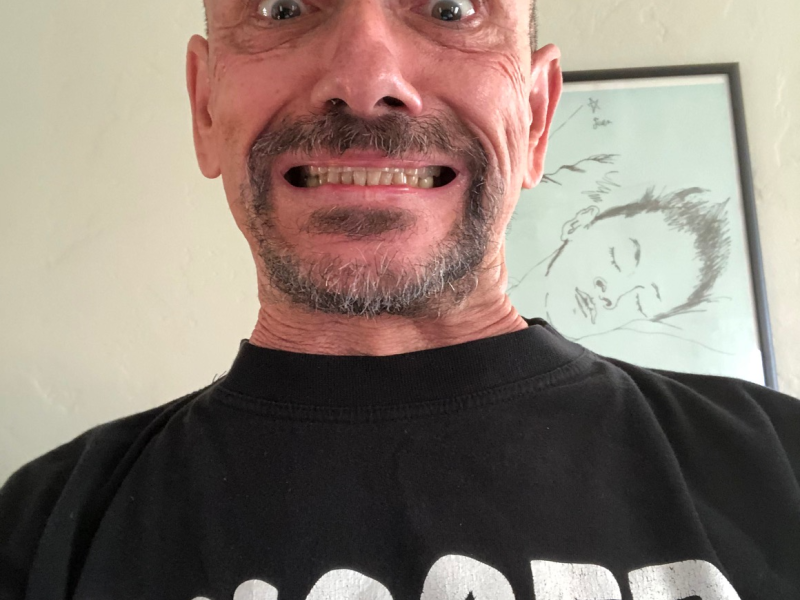What is your name?
Ian Stulberg
When did you start/how long have you been volunteering at ONE?
I’ve been volunteering since the 90s, I think. Once I went into semi-retirement as a clinical social worker, I increased my involvement to a few times a week. Fully retired now, I was putting in several shifts a week prior to the Covid shut-down.
What is your favorite part about volunteering at ONE?
I’ve been out for over 50 years and my identity as a gay man has always been very important to me. When I lived in NYC in the 70s, I volunteered for the Gay Switchboard (“Straight Answers to Gay Questions”), and I became a social worker as a direct result of the AIDS epidemic. Ended up working for the Mental Health program at the LA LGBT Center for 10 years, 3 as Director. All of which is a long-winded back-up to saying that the history of “my people” is very meaningful to me, and I think it’s important to honor and preserve it.
Do you have a favorite collection or item you have come across?
Given my professional background as an AIDS social worker, for the last several years, I’ve pretty much exclusively worked on the Archives’ AIDS History Project. Quite proud of the very extensive collection we have of documents, articles, pamphlets/brochures, and all kinds of ephemera, organized from numerous perspectives (organizational, geographical, people, general subject categories, and chronological). My friend, Mary Nalick, who was a good friend of Paul Monette, donated a number of Monette-related items to the Archives, including Don Bachardy’s portrait of Paul.
What is the weirdest/funniest task you have done while volunteering?
Years ago, I spent a lot of time sorting through boxes of newspaper/magazine clippings that people had saved over the years and ended up donating to the Archives. Batches of clippings of Sears underwear ads from the 50s and 60s; Marlborough and other cowboy images from advertising; etc. You could view it either as a reflection of individual erotic fetishes or as evidence of the lack of significant gay representations in the culture.
What is something that you have learned about queer history while working with the collection that surprised you or you didn’t know before?
I’m often struck by the profound sense of isolation and desire to connect with one’s community that is represented by so many of the letters documented in early ONE Magazines. Makes me feel incredibly grateful and privileged that my life has pretty much spanned the modern LGBT rights movement.
What is something about ONE that people might not know but you wish they did?
The breadth of the collection. I think many people assume it’s primarily a bunch of books on LGBT history.
What has brought you joy recently during the pandemic and uprisings?
When three cactus clippings I stuck in a pot of dirt all started sprouting multiple arms! Life still goes on.
